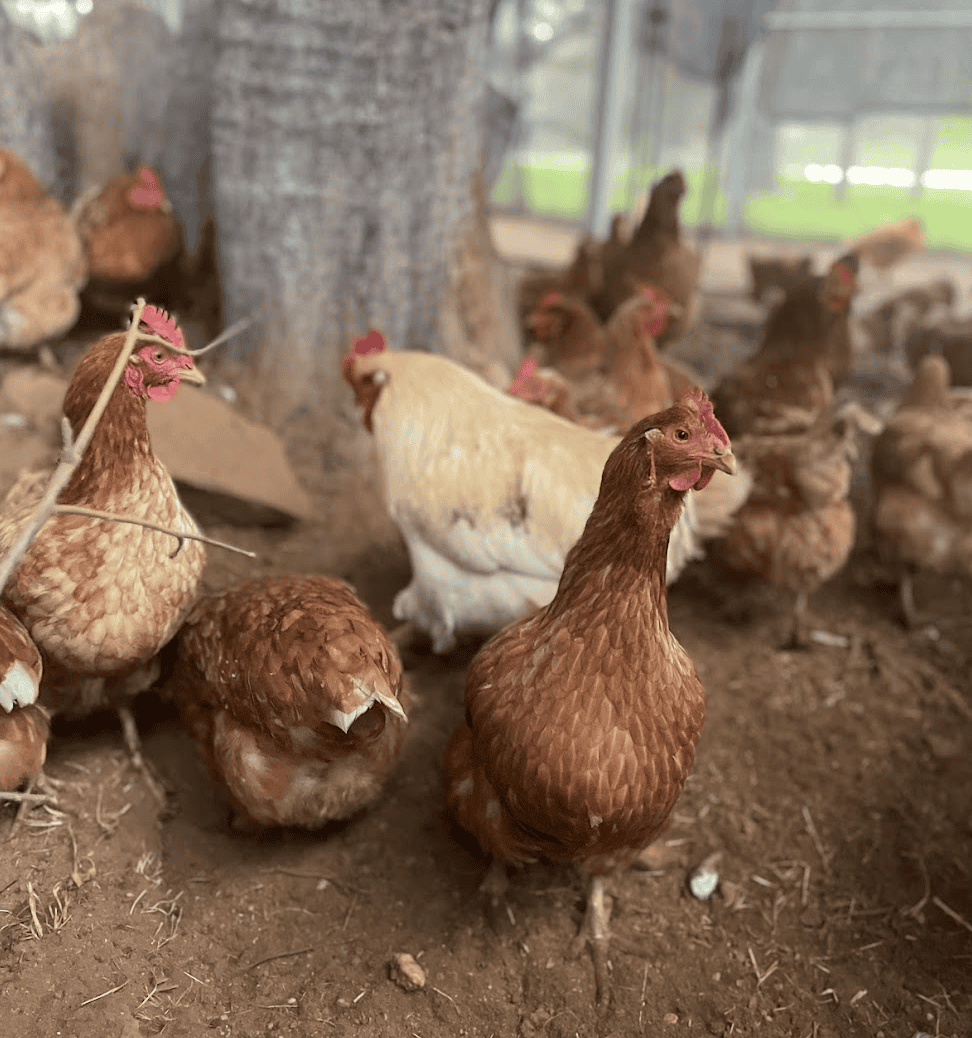Recent reports have highlighted the concerning spread of avian influenza, particularly the H5N1 strain, which has been a persistent threat in the United States since 2022. This highly virulent strain has led to significant mortality rates across various species, requiring increased awareness and precautionary measures.
The Impact
Instances of avian influenza have been devastating, with mortality rates reaching alarming levels. In domestic poultry such as chickens and turkeys, mortality rates can soar as high as 100%, often leading to mass mortality events as the first indication of infection. The impact extends to wild bird populations, particularly seabirds, where mortality rates range from 70-90%, with vulnerable hatchlings bearing the brunt of the disease. Shockingly, recent cases have even affected marine mammals, with 93% of southern elephant seal pups born in 2022-2023 succumbing to H5N1.
Global Response
The global toll of avian influenza is staggering, with millions of wild birds and well over 200 million domestic birds either killed or culled to contain the spread. Notably, a significant portion of these mass killings occurs primarily on farms raising animals for consumption or egg farms. Unfortunately, the methods used in culling operations, such as shutting down ventilation systems, mass gassing, and manual cervical dislocations, highlight the severity of the situation.
Our Approach
At Animal Place, we’ve prioritized the safety and well-being of our avian residents in light of the avian influenza threat. Our stringent protocols include limited access to our birds, mandatory boot baths for entry into our barns, and providing covered outdoor access. Additionally, our hen rescues undergo a strict two-week quarantine on a separate property to mitigate the risk of transmission.
Taking Precautions
For those who have companion domestic birds, we urge you to take reasonable precautions to safeguard their health. We have provided informative infographics to assist you in implementing protective measures for your feathered friends.
Understand Risk Levels
Avian influenza presents varying levels of risk due to its capacity to mutate rapidly and its potential to cause severe illness in both birds and humans. The risk levels are influenced by factors such as the virulence of the virus, its ability to spread among bird populations, and the likelihood of human transmission. Additionally, the geographical distribution of the virus and the effectiveness of control measures further contribute to the fluctuating risk landscape.
Understanding these dynamics is crucial for implementing appropriate preventive measures and mitigating the impact of avian influenza outbreaks on both animal and human health.
H5N1 Symptoms
Avian influenza can manifest a range of symptoms in animals, such as chickens and turkeys. Early detection and prompt medical intervention are essential in managing the disease and preventing its spread. Here are a few key symptoms to be on the lookout for.
Conclusion
As the spread of avian influenza continues, vigilance and proactive measures are paramount in protecting avian populations from further harm. Together, by staying informed and taking necessary precautions, we can work towards minimizing the impact of this pervasive threat on our beloved avian companions.
